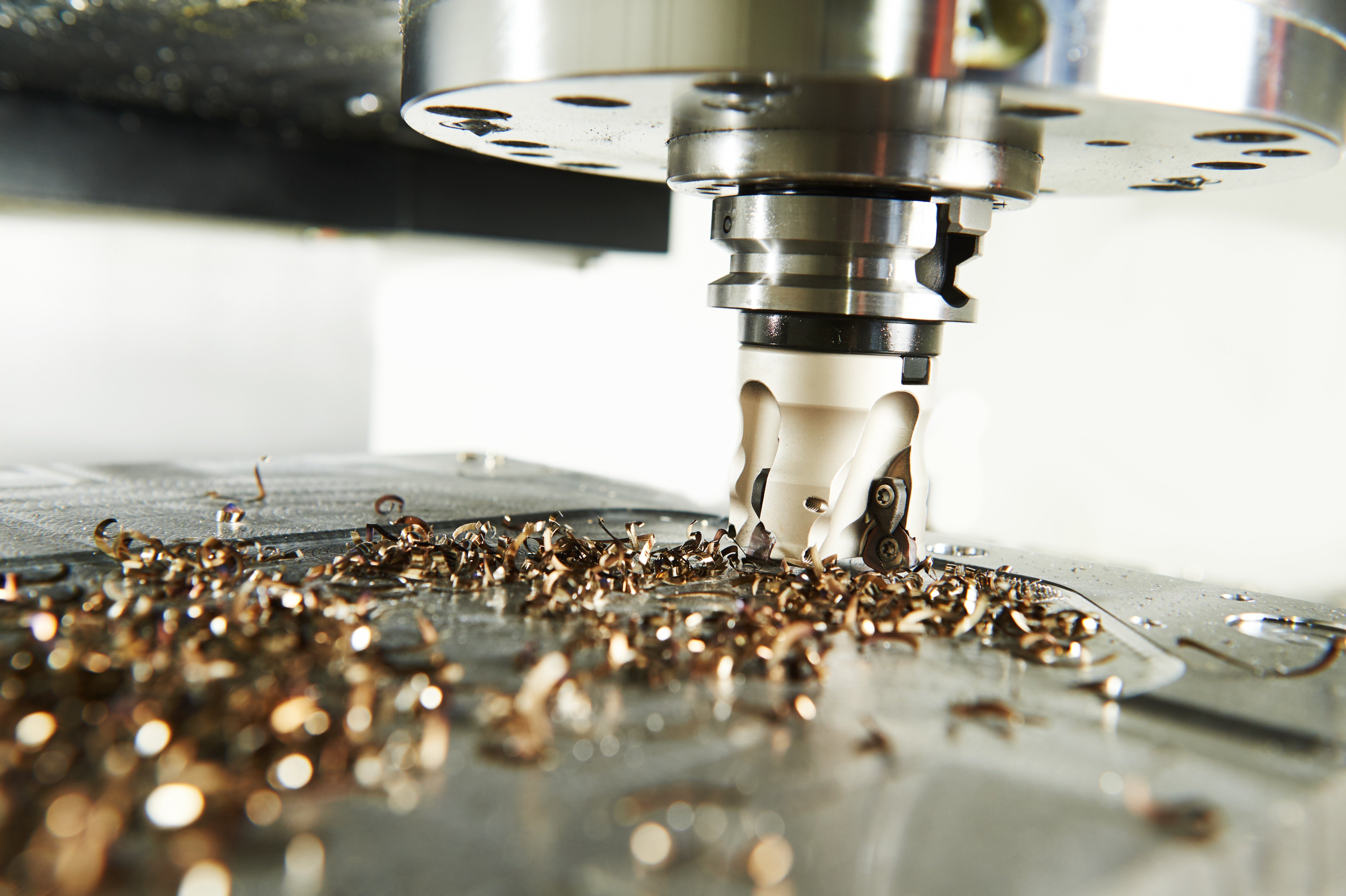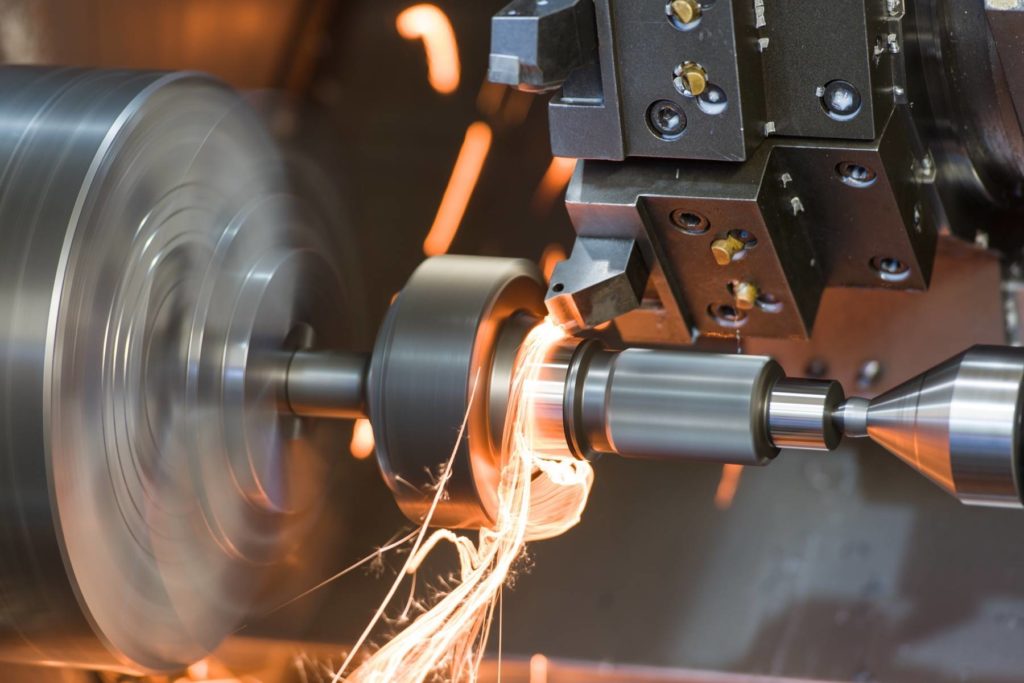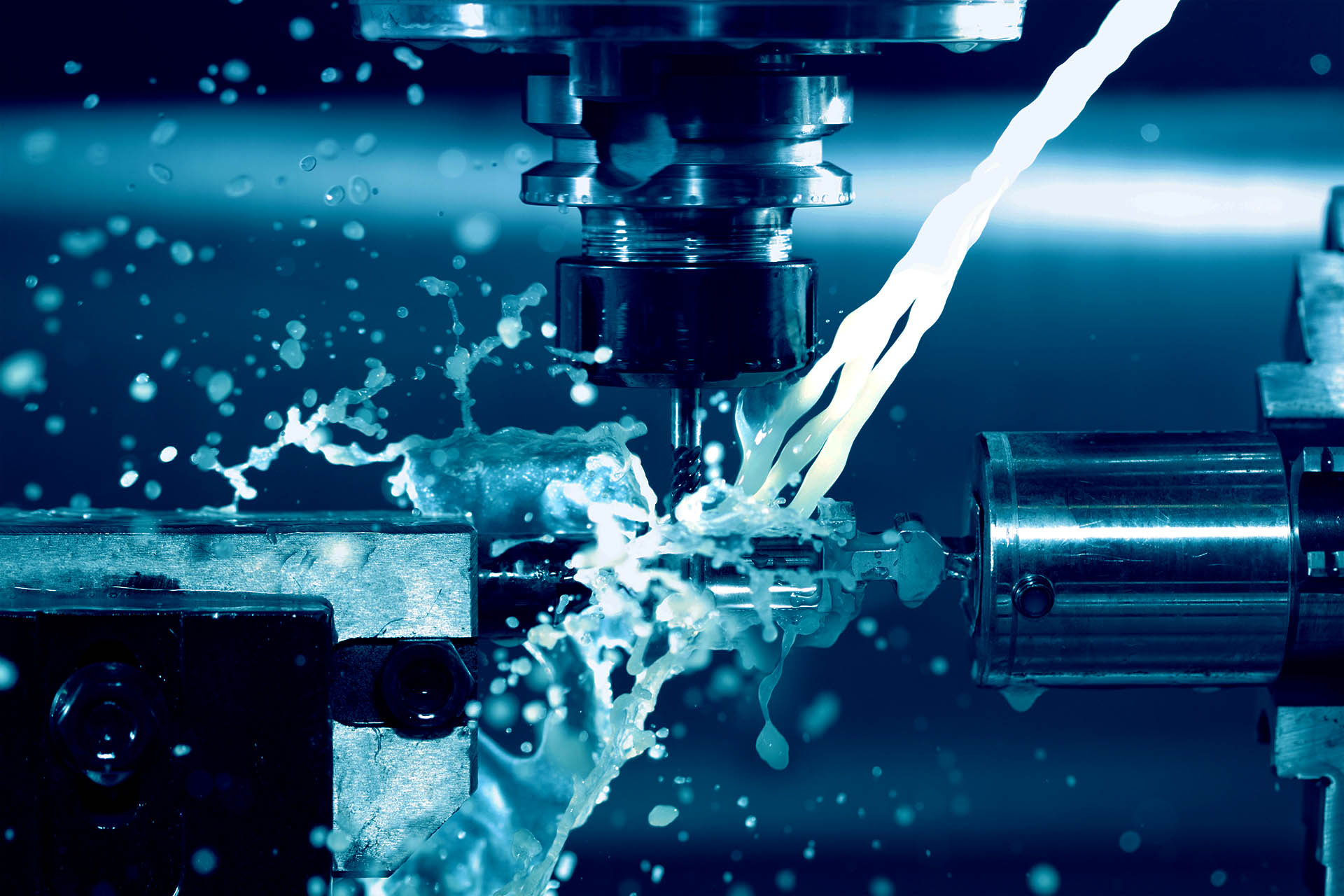Cutting-edge Fasteners and Machining Solutions for Complicated Layouts
Cutting-edge Fasteners and Machining Solutions for Complicated Layouts
Blog Article
Unveiling the Intricacies of Bolts and Machining Procedures for Optimum Performance
In the realm of design and manufacturing, the choice of bolts and the details of machining processes play an essential function in determining the supreme performance and resilience of an item. From the apparently straightforward job of selecting the right sort of bolt to the complex accuracy machining techniques utilized, every action in this process needs careful focus to detail. As we start this exploration right into the world of fasteners and machining, we will certainly discover the refined yet critical aspects that can considerably affect the performance and high quality of the end product, clarifying the frequently overlooked aspects that can make all the difference in accomplishing ideal efficiency.

Value of Correct Bolt Choice
Selecting the suitable bolts is vital in making sure the architectural stability and longevity of any mechanical setting up. Bolts play a fundamental function in holding parts together safely, with the appropriate choice adding significantly to the total efficiency and reliability of the setting up. When choosing bolts, factors such as product compatibility, ecological problems, load-bearing capacity, and simplicity of installation must be very carefully thought about to assure ideal performance.
Inappropriate fastener option can bring about a series of concerns, including helping to loosen, rust, and also structural failure. Utilizing bolts that are not matched to the details demands of the setting up can compromise its performance and posture safety threats. Developers and designers must diligently assess the application needs and select fasteners that fulfill or go beyond the needed requirements and specifications.
In addition, the right fastener selection process involves analyzing the joint layout, expected tons, resonance degrees, and possible thermal expansion or contraction to ensure that the picked fasteners can endure the operating problems effectively. By focusing on appropriate fastener choice, manufacturers can improve the quality, sturdiness, and performance of their mechanical settings up.
Types and Characteristics of Fasteners
An essential element of mechanical assemblies depends on recognizing the diverse kinds and distinct qualities of bolts made use of in numerous industrial applications. Fasteners are important components that hold frameworks with each other, making certain stability and capability. There is a wide variety of fasteners readily available, each developed for details objectives based upon the application requirements. Common sorts of bolts include screws, bolts, nuts, rivets, washing machines, and pins.
Screws are threaded bolts that are frequently utilized to sign up with 2 or more elements together. Screws are similar to screws but are normally made use of with a nut to create a safe joint. Nuts are internally threaded fasteners that mate with bolts to hold parts with each other. Washers are thin plates that disperse the load of a fastener, protecting against damage to the material being secured. Rivets are irreversible fasteners that are hammered or pressed right into area. Pins are utilized for positioning or to safeguard components briefly.
Understanding the characteristics of each kind of fastener is important for selecting the right one for a visite site specific application, guaranteeing ideal efficiency and integrity of the mechanical setting up. Fasteners and Machining.
Precision Machining Techniques for Efficiency
The intricate design demands of numerous bolts demand employing precision machining methods for optimum efficiency in producing procedures. One of the main methods made use of in accuracy machining is Computer Numerical Control (CNC) machining, which enables high degrees of accuracy and repeatability in the production of fasteners.
Along with CNC machining, other accuracy strategies such as grinding, milling, and transforming are generally utilized to achieve the tight tolerances needed for fasteners. These methods allow manufacturers to produce fasteners with smooth surfaces, exact dimensions, and high structural honesty. By utilizing precision machining methods, manufacturers can improve the top quality of fasteners, lower material waste, and enhance total production performance. The usage of sophisticated machining processes helps guarantee that fasteners satisfy market requirements and customer assumptions for efficiency and dependability.

Variables Influencing Machining Refine Efficiency
Different variables play a significant role in establishing the performance of machining processes in the production of fasteners. Optimizing these criteria based on the details requirements of the bolt being generated is essential to accomplishing precise and cost-effective machining.
Device rigidity and security additionally play an important duty in identifying machining process efficiency. A stable equipment with minimal vibrations can improve precision and prevent device wear, resulting in far better general performance. Furthermore, the ability and experience of the equipment operator can not be ignored. An educated driver can make real-time modifications, troubleshoot problems effectively, and make certain that the machining procedure runs efficiently, ultimately affecting the final quality of the bolt.

Top Quality Control Actions in Manufacturing
Variables affecting machining process performance, such as reducing tool selection and equipment security, straight effect the execution of quality assurance measures in production. Quality assurance steps are necessary in ensuring that products fulfill the called for standards and specifications. In the manufacturing process, different methods are employed to maintain high quality criteria. Evaluation and testing play a vital duty in recognizing any deviations from the preferred end result. Routine maintenance of machining tools is also vital to maintain quality assurance. Calibration of machines and devices is necessary to guarantee accurate and exact manufacturing procedures. Additionally, carrying out standard operating treatments and protocols can help in maintaining uniformity and quality throughout the assembly line. Quality assurance determines not only concentrate on completion product yet additionally on every phase of the production procedure to stop issues and errors. By adhering to rigid top quality control measures, suppliers can enhance customer fulfillment, construct a track record for reliability, and eventually achieve ideal efficiency in their machining processes.
Conclusion
Finally, picking the ideal fasteners and utilizing precision machining methods are important for optimum performance in making procedures. Recognizing the types and features of fasteners, in addition to elements influencing machining process efficiency, can cause boosted effectiveness and quality assurance actions. By taking notice of these complexities, makers can attain greater degrees of efficiency and integrity in their products.
In the world of engineering and production, the choice of bolts and the complexities of machining procedures play a critical function in figuring out the best performance and toughness of a product (Fasteners and Machining). One of the key techniques used in precision machining is Computer system Numerical Control (CNC) machining, which allows high levels of accuracy and repeatability in the production of fasteners. The use of innovative machining procedures assists ensure that bolts check out here satisfy market criteria and consumer assumptions for efficiency and dependability
In verdict, selecting the ideal fasteners and making use of precision machining methods are vital for ideal performance in making procedures. Understanding the kinds and qualities of fasteners, along with variables affecting machining process Resources efficiency, can lead to improved effectiveness and quality control steps.
Report this page